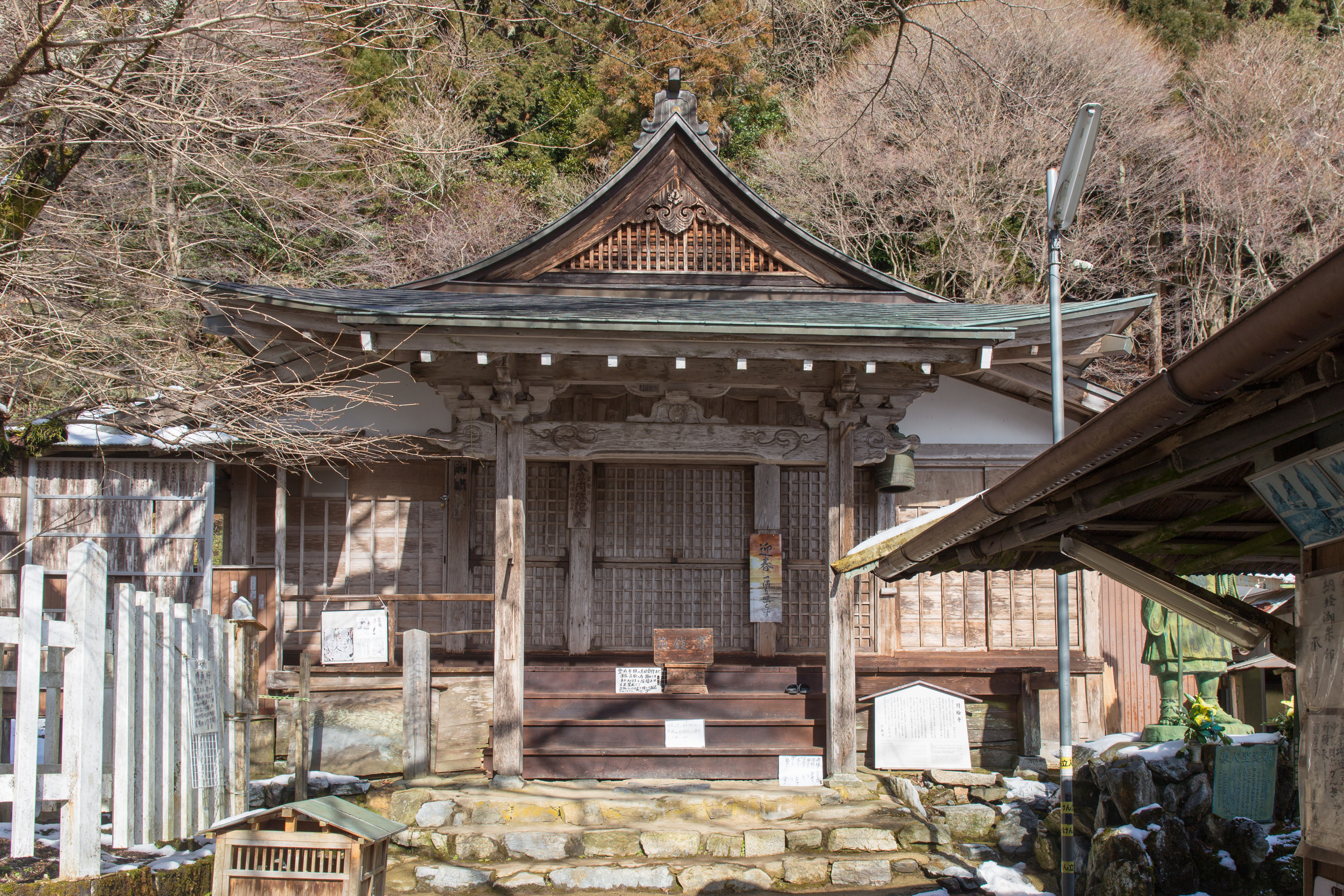Tsukinowa-dera on:
[Wikipedia]
[Google]
[Amazon]
 is a
is a
Photographs of Gatsurinji and its statues
Buddhist temples in Kyoto Prefecture Tendai temples Shinran Hōnen {{Japan-religious-struct-stub
 is a
is a Buddhist temple
A Buddhist temple or Buddhist monastery is the place of worship for Buddhists, the followers of Buddhism. They include the structures called vihara, chaitya, stupa, wat and pagoda in different regions and languages. Temples in Buddhism represen ...
near Mount Atago
''Mount Atago is a very common name for peaks all over Japan.''
is a 924m mountain in the northwestern part of Ukyo-ku, in the city of Kyoto, Kyoto Prefecture, Japan
Japan ( ja, 日本, or , and formally , ''Nihonkoku'') is an islan ...
in Ukyō-ku, Kyoto
Kyoto (; Japanese: , ''Kyōto'' ), officially , is the capital city of Kyoto Prefecture in Japan. Located in the Kansai region on the island of Honshu, Kyoto forms a part of the Keihanshin metropolitan area along with Osaka and Kobe. , the ci ...
, Japan
Japan ( ja, 日本, or , and formally , ''Nihonkoku'') is an island country in East Asia. It is situated in the northwest Pacific Ocean, and is bordered on the west by the Sea of Japan, while extending from the Sea of Okhotsk in the north ...
. The temple was first founded in 781, it is associated with the Shugendō
is a highly syncretic religion, a body of ascetic practices that originated in the Nara Period of Japan having evolved during the 7th century from an amalgamation of beliefs, philosophies, doctrines and ritual systems drawn from local fol ...
practices of Kūya
Kūya (空也; 903-972) was an itinerant Japanese Buddhist monk, or ''hijiri'' (聖), later ordained in the Tendai Buddhist sect, who was an early proselytizer of the practice of the nembutsu amongst the populace. Kuya's efforts helped promote th ...
and Hōnen
was the religious reformer and founder of the first independent branch of Japanese Pure Land Buddhism called . He is also considered the Seventh Jōdo Shinshū Patriarch.
Hōnen became a Tendai initiate at an early age, but grew disaffected and ...
. Its treasures include eight Heian period
The is the last division of classical Japanese history, running from 794 to 1185. It followed the Nara period, beginning when the 50th emperor, Emperor Kanmu, moved the capital of Japan to Heian-kyō (modern Kyoto). means "peace" in Japanese. ...
statues. Images of Amida Nyorai Amida can mean :
Places and jurisdictions
* Amida (Mesopotamia), now Diyarbakır, an ancient city in Asian Turkey; it is (nominal) seat of :
** The Chaldean Catholic Archeparchy of Amida
** The Latin titular Metropolitan see of Amida of the Ro ...
and Kūya
Kūya (空也; 903-972) was an itinerant Japanese Buddhist monk, or ''hijiri'' (聖), later ordained in the Tendai Buddhist sect, who was an early proselytizer of the practice of the nembutsu amongst the populace. Kuya's efforts helped promote th ...
chanting the nembutsu
Nianfo (, Japanese: , , vi, niệm Phật) is a term commonly seen in Pure Land Buddhism. In the context of Pure Land practice, it generally refers to the repetition of the name of Amitābha. It is a translation of Sanskrit '' '' (or, "recolle ...
are amongst those designated Important Cultural Properties.
See also
*List of Buddhist temples in Kyoto
There are 1,600 Buddhist temples scattered throughout the prefecture of Kyoto.
Nara period in Kyoto (710-794)
* , also known as or .
* Otagi Nenbutsuji Temple
Heian period in Kyoto (794-1229)
* , also known as the .Ponsonby-Fane, p. 11 ...
* Atago Jinja
References
External links
Photographs of Gatsurinji and its statues
Buddhist temples in Kyoto Prefecture Tendai temples Shinran Hōnen {{Japan-religious-struct-stub